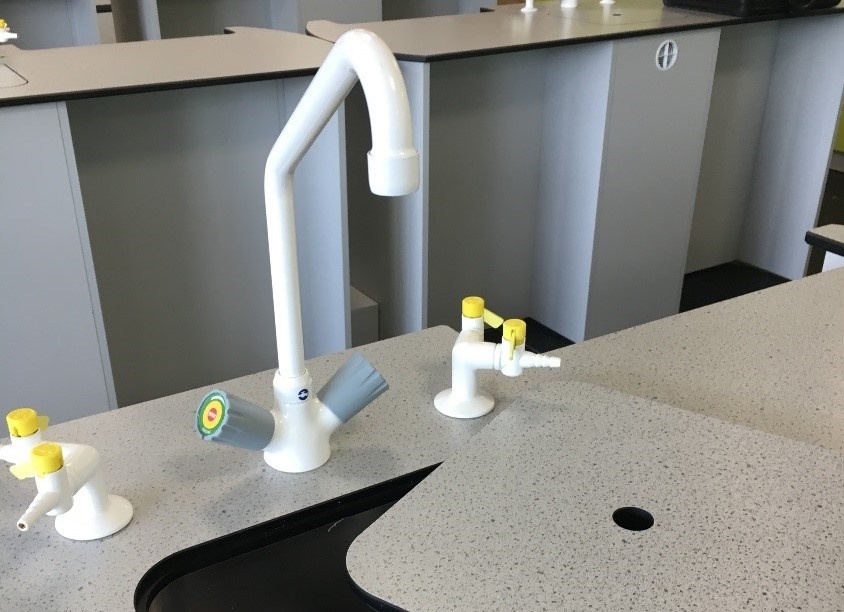Health and Safety in the School Lab

School labs are an integral part of any secondary school or higher education institution. The lab provides essential hands on learning, allowing students to experiment and discover science in a whole new way.
However, labs can be dangerous environments. It is therefore vital that students understand what is required of them in order to stay safe, ensuring experiments and practical activities go safely and according to plan.
If health and safety in schools and universities are of concern to you, read on to learn some of the key elements to consider for creating a safe environment in the science classroom.
Health and Safety Laboratory Preparations
Prepare the laboratory…
In school or university laboratories, students will be relatively new to the environment, so making sure the laboratory has been designed with even the most basic of safety features explained is important.
Before using the laboratory for the first time…
Before students are permitted to use any of the lab’s facilities, they should be given both verbal and written information about the risks involved, which chemicals they should be extra careful with when handling, and how to respond if they or a fellow student are involved in or witness a chemical spill. We strongly advice the use of an eyewash that irrigates the eye continually via a soft flow of water. One of our popular models – the 3120 eyewash – sits either by the teachers desk or by a sink. We strongly advise that you do not use a hose attached to tap because this can detach the retina and you have no way of ensuring that there aren’t any chemicals in the hose from previous experiments.
Make students aware of safety equipment such as emergency eye washes available to them by going through every aspect of how and when they are supposed to be used. Also show students where they are located in the laboratory and where they should go in case of an evacuation.
Explain to students how they should prepare themselves before using the laboratory, by using the appropriate personal protection equipment (PPE). Anyone with long hair should tie it up to avoid it becoming a fire hazard. Students should wear safety glasses, lab coats and closed shoes at all times, and enough PPE for each student using the facilities should be supplied.
Before carrying out the first experiment…
Run through the whole experiment before it starts, so students can have an oversight of the entire process. This will help minimise disruptions and aid in the experiment running smoothly. This will also give students the opportunity to ask any questions they may have before the experiment starts.
As well as giving a verbal overview of the experiment, give written or illustrated examples so students are clear about what is expected of them.
Make sure students are aware of the risks and hazards involved in that experiment and how they can best respond if something goes wrong.
During the experiment…
Explain to students that they should avoid touching their faces, each other, or any other parts of their bodies, as chemicals can cause burns and other irritations. Thorough hand washing in between different activities is also recommended, to avoid cross-contamination and to keep hands clean.
Students should also abstain from consuming food or drink in the laboratory as this puts them in danger of ingesting hazardous chemicals.
Stay focused…
Advise students to remain focused during the entire experiment. Eliminate any distractions by asking students to leave their phones and bags in a cloakroom and to never leave equipment unattended.
